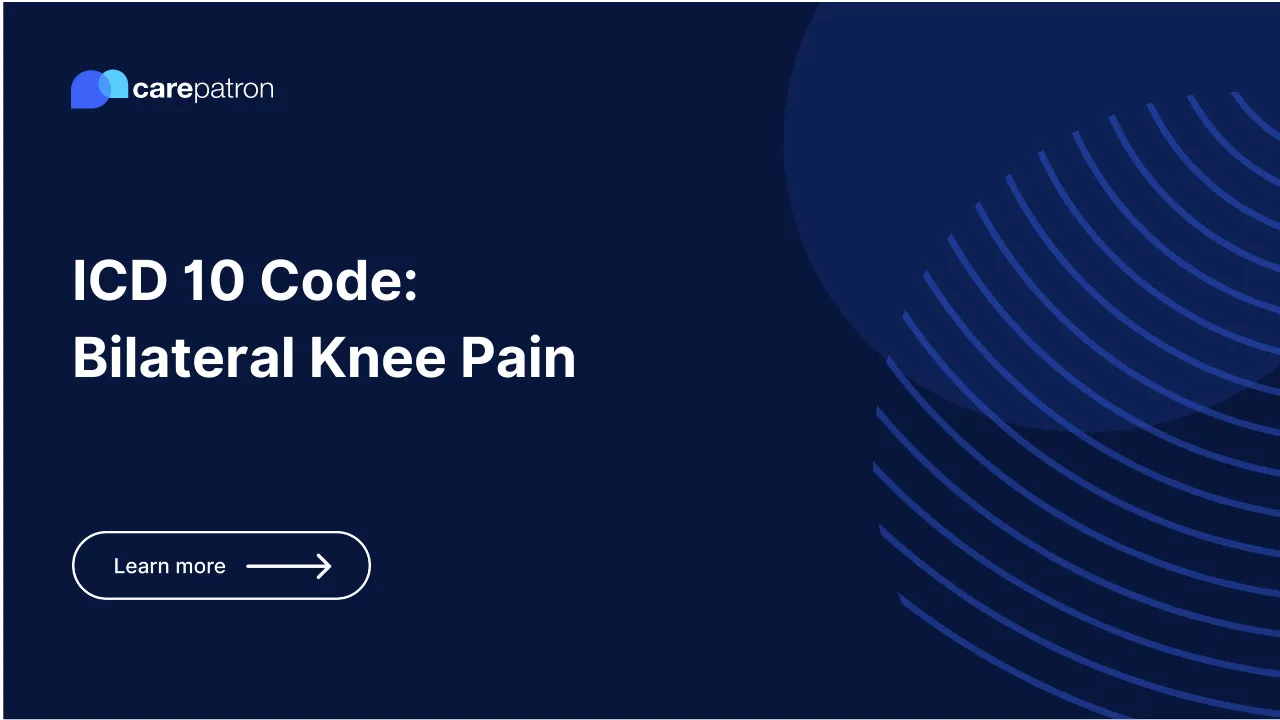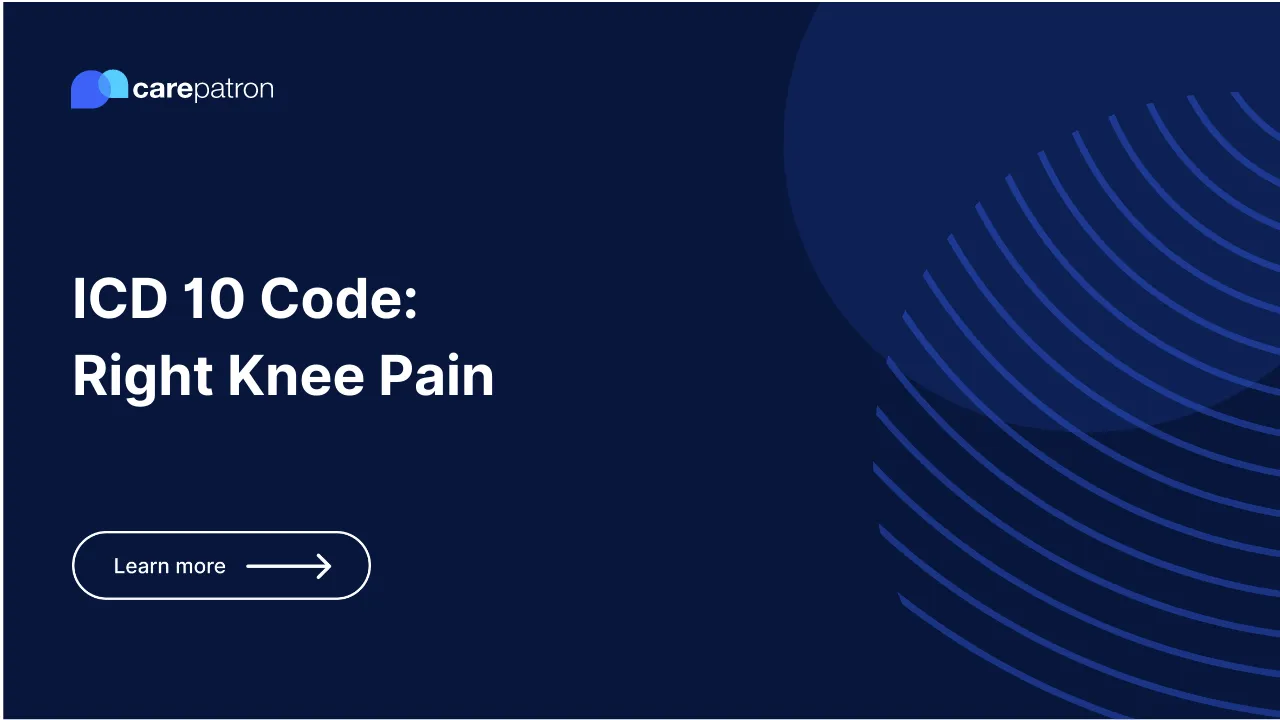Degenerative Disc Disease ICD-10-CM Codes
Here’s a complete guide to degenerative disc ICD-10 codes for 2023, including related codes, billability, clinical information, synonyms, and more.

What ICD-10 Codes are Used for Degenerative Disc Disease
Here’s a list of the different degenerative disc disease ICD codes depending on their location in the body:
Cervical Discs
- M50.30: Other cervical disc degeneration, unspecified cervical region
- M50.31: Other cervical disc degeneration, high cervical region
- M50.320: Other cervical disc degeneration, mid-cervical region, unspecified level
- M50.321: Other cervical disc degeneration at C4-C5 level
- M50.322: Other cervical disc degeneration at C5-C6 level
- M50.323: Other cervical disc degeneration at C6-C7
- M50.33: Other cervical disc degeneration, cervicothoracic
Thoracic, Thoracolumbar, and Lumbosacral intervertebral discs
- M51.34: Other intervertebral disc degeneration, thoracic region
- M51.35: Other intervertebral disc degeneration, thoracolumbar region
- M51.36: Other intervertebral disc degeneration, lumbar region
- M51.37: Other intervertebral disc degeneration, lumbosacral region
Which Degenerative Disc Disease ICD codes are Billable:
All of the ICD codes mentioned above are billable.
Clinical Information
- Degenerative disc disease (DDD) is a progressive condition wherein one or more discs in the spine wear and tear over time or because of an injury.
- Symptoms of degenerative disc disease are pain in any of the following areas: lower back, legs, buttocks, neck, and arms. The pain one feels can come and go for days or months and worsens when one is seated.
- The primary cause is the spinal discs’ wear and tear as one grows older. Aside from that, one’s overuse of the spinal disc with repetitive activities or extreme sports and a spine injury can also cause DDD.
- Everyone is at risk of developing this condition; however, those above 60 years of age, had a back injury, have been in car accidents, live a sedentary lifestyle, and are overweight/obese, has an increased risk of developing degenerative disc disease.
- To diagnose degenerative disc disease, a practitioner will conduct a physical exam, gather the patient’s medical history, and conduct imaging tests like an MRI on the patient.
- Treatments for DDD include medication like pain relievers, cold therapy, physical therapy, and surgery. Aside from these, practitioners also recommend that the patient combine any of these treatments with exercise.
Commonly asked questions
When to use a Degenerative Disc Disease ICD code?
You can use a degenerative disc disease ICD code after you’ve confirmed the diagnosis with a physical exam and imaging tests.
Are Degenerative Disc Disease diagnoses billable?
All of the diagnoses and their corresponding ICD-10 codes are billable.
What are the common treatments for Degenerative Disc Disease Diagnosis?
Common treatments of degenerative disc disease diagnosis are surgery, cold therapy, physical therapy, and medication.
Join 10,000+ teams using Carepatron to be more productive
One app for all your healthcare work


.png)




.webp)
.webp)
.webp)
.webp)
.webp)
.webp)
.webp)
.webp)
.webp)
.webp)
.webp)
.webp)
.webp)
.webp)
.webp)
.webp)
.webp)
.webp)
%2520(1).webp)
.webp)
.webp)
.webp)
.webp)
.webp)
.webp)
.webp)
.webp)
.webp)
.webp)
.webp)
.webp)
.webp)
.webp)
.webp)
%2520(1).webp)
.webp)
.webp)
.webp)
.webp)
.webp)
.webp)
.webp)
.webp)
.webp)
.webp)
.webp)
.webp)
.webp)
.webp)
.webp)
.webp)
.webp)
.webp)
.webp)
.webp)
.webp)
.webp)
.webp)
.webp)
.webp)
.webp)
.webp)
.webp)
.webp)
.webp)
.webp)
.webp)
.webp)

.webp)
.webp)
.webp)
.webp)
.webp)













.webp)
.webp)




.webp)


